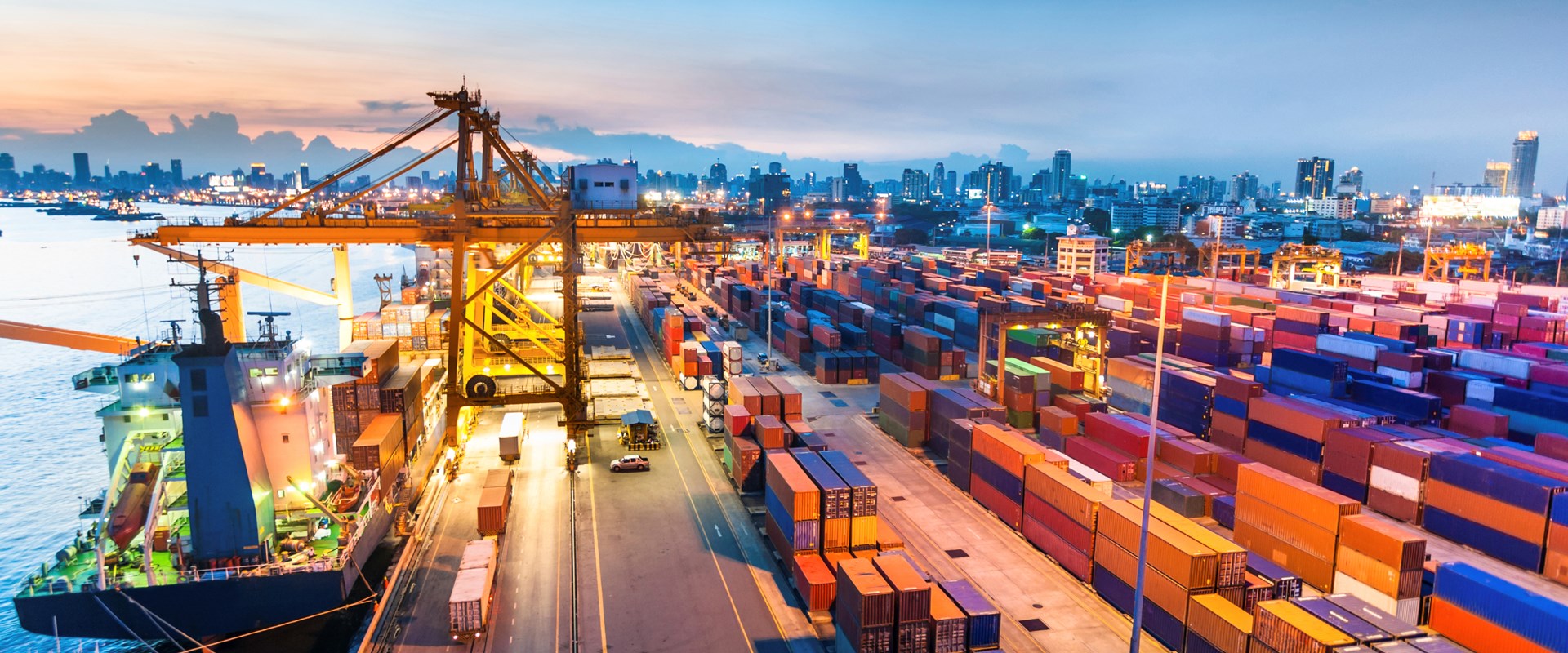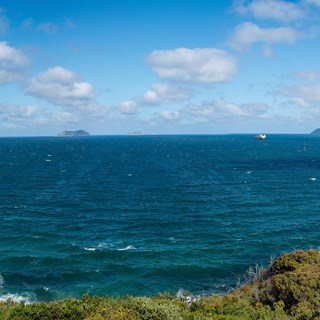When operations at ports and harbours are disrupted, the knock-on effects are not just noticeable, they can be disastrous across the supply chain, let alone on the companies and consumers who rely on shipping to deliver more than 90% of the world’s goods. Recently with the impact of COVID, these challenges have been all too prevalent, and this has only served to highlight the affect shipping has on national and global economies when the system is impacted by outside factors.
We have witnessed unprecedented queues of ships waiting to come into port, most notably recently the incidents at Long Beach and Los Angeles ports which saw a record backlog of ships queueing for entry, and these events have been making headlines in terms of the impact they are having on onward supply chains. The shipping industry is seeing the biggest jump in lost containers in seven years as the skyrocketing global demand for goods is applying increased commercial pressure on containerships to arrive on time. Containerships are stacked to full capacity and under pressure to increase the number of voyages they undertake, creating a recipe for disaster. At an average of $50,000 per container, one high profile case was estimated to have lost $90 million in cargo alone, the highest in recent history.
But what about the increasingly threatening and ever more frequent impact of extreme weather events on ports and harbours? These threats, unlike COVID, cannot be managed. Extreme weather events are here to stay, they are getting more severe, and they cannot be controlled.
As more and more countries declare a climate emergency, the global race to net-zero carbon emissions is essential. But equally, governments and businesses must prepare for new climate extremes by understanding the risks appropriately, building local resilience, and ultimately developing new adaptation pathways to climate change. Due to their locations along open coasts or in low-lying estuaries and deltas, ports and harbours are exposed to various risks. Climatic hazards such as rising sea levels, storm surges, waves and winds, riverine and pluvial flooding, and even tectonic events, can all pose a threat to vital maritime transport hubs.
Hurricane Ida only served as a recent reminder of how impactful extreme weather events can be on day-to-day port operations. Ida’s direct impact on not only ports, but the many industries these ports support, was immediately evident. The storm wreaked havoc across the Gulf Coast and East Coast of America, killing at least 40 people and causing tornadoes and historic flooding. Current estimates place the damage from Ida at over $95 billion, and the fallout is far from over. From increased shipping delays and shortages pushing prices even higher, what is still to be understood is the impact the hurricane will have on the ongoing supply chain crisis.
Port operations and design
It’s important to consider that ports can be complex operating environments, extending well into the hinterlands, with many interdependent systems delivering communications for data collection. Often, failure at any one of these data points can lead to the shore-based teams being left out of the loop and therefore blind to any unfolding events. As a result of these operational restrictions, operators install remote monitoring systems that are independent of day-to-day operating systems, but the sticking point comes when these systems must respond and adapt to extreme climate situations.
As a leading industry consultant and expert in digital transformation, BMT has invested significant resource into developing remote monitoring systems that acquire and analyse wind, weather, and sea state data to inform critical design, engineering, and operational decision-making processes. The company maintains a focus on preparedness for even the most extreme climate events through numerical modelling and satellite remote sensing for the offshore, shipping, and maritime engineering sectors.
Critically, in regards to forward planning and preparedness, BMT is able to provide detailed information about the local climatology, determining the probability of occurrence of suitable weather windows, assessing the likelihood of extreme events and providing an assessment of asset performance in the marine environment, giving operators the time and insight they need to prepare their operations.
Given the critical role of ports in the global trading system and their potential exposure to climate related damage, particularly in areas such as Singapore which is quickly establishing itself as the new hub for Asia and where maritime trade is essential to developing the local economy, enhancing climate resilience has now become a matter of strategic socio-economic importance.
For ports and harbours, effective adaptation requires bridging potential data and knowledge gaps with the development of appropriate technical and management solutions, and this is where understanding the potential impacts of environmental and climate effects on assets and operations can help ports to prepare for and adapt to changing conditions. Only then will they be able to withstand, respond to, and recover rapidly from climate-related disruptions.
Credit to, Ship and Bunker 2021.




